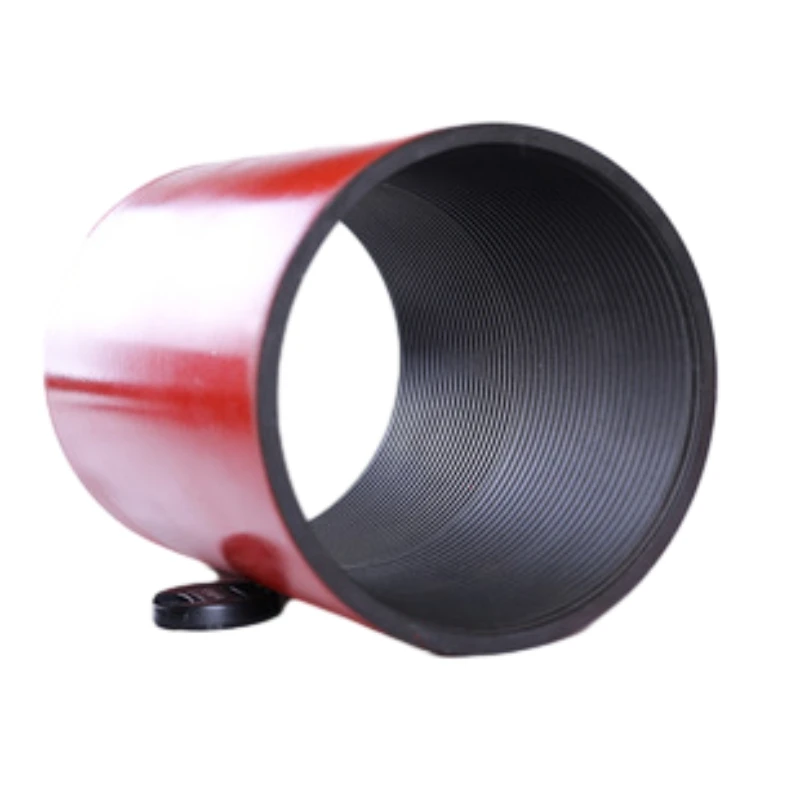- Afrikaans
- Albanian
- Amharic
- Arabic
- Armenian
- Azerbaijani
- Basque
- Belarusian
- Bengali
- Bosnian
- Bulgarian
- Catalan
- Cebuano
- Corsican
- Croatian
- Czech
- Danish
- Dutch
- English
- Esperanto
- Estonian
- Finnish
- French
- Frisian
- Galician
- Georgian
- German
- Greek
- Gujarati
- Haitian Creole
- hausa
- hawaiian
- Hebrew
- Hindi
- Miao
- Hungarian
- Icelandic
- igbo
- Indonesian
- irish
- Italian
- Japanese
- Javanese
- Kannada
- kazakh
- Khmer
- Rwandese
- Korean
- Kurdish
- Kyrgyz
- Lao
- Latin
- Latvian
- Lithuanian
- Luxembourgish
- Macedonian
- Malgashi
- Malay
- Malayalam
- Maltese
- Maori
- Marathi
- Mongolian
- Myanmar
- Nepali
- Norwegian
- Norwegian
- Occitan
- Pashto
- Persian
- Polish
- Portuguese
- Punjabi
- Romanian
- Russian
- Samoan
- Scottish Gaelic
- Serbian
- Sesotho
- Shona
- Sindhi
- Sinhala
- Slovak
- Slovenian
- Somali
- Spanish
- Sundanese
- Swahili
- Swedish
- Tagalog
- Tajik
- Tamil
- Tatar
- Telugu
- Thai
- Turkish
- Turkmen
- Ukrainian
- Urdu
- Uighur
- Uzbek
- Vietnamese
- Welsh
- Bantu
- Yiddish
- Yoruba
- Zulu
well tubing and casing
Well tubing and casing are essential components in the oil and gas industry, serving distinct yet interconnected roles in the construction and operation of wells. Understanding their importance is crucial for professionals engaged in drilling, production, and maintenance processes.
Casing refers to the series of pipes that are installed in the wellbore to provide structural integrity and isolate different geological formations. Upon drilling a well, casing is inserted to prevent the walls from collapsing and to protect the freshwater aquifers from contamination by hydrocarbon fluids. It also serves to provide a conduit for the extraction of oil and gas while preventing the migration of fluids between different strata. The casing is typically composed of steel that can withstand high pressures and corrosive environments.
There are several different types of casing, including surface casing, intermediate casing, and production casing. Surface casing is usually the first layer set in place and is essential for protecting the groundwater. Intermediate casing is installed in regions where there are challenging geological conditions, and production casing is the final casing that facilitates the extraction of oil and gas. Each type is critical in ensuring the efficiency and safety of the drilling process.
On the other hand, tubing is a smaller diameter pipe that is inserted into the production casing after a well has been completed. Its primary function is to transport the hydrocarbons from the reservoir to the surface. Tubing allows for the efficient flow of oil and gas, often incorporating various designs to enhance production rates and accommodate different well conditions.
well tubing and casing

In addition, tubing can serve multiple functions, including injecting water or gas into the reservoir to maintain pressure or even to enhance production through secondary recovery methods. It is often removable and designed to be replaced when necessary, making it a flexible solution to changing production needs.
The integration of casing and tubing is vital for well integrity and performance. Proper installation and maintenance of both elements are crucial for preventing leaks, blowouts, and other hazards associated with drilling operations. Regular inspection and monitoring are necessary to detect any signs of wear and tear, ensuring that these components can withstand the challenging conditions of the wellbore over time.
In conclusion, well tubing and casing are foundational elements in the oil and gas extraction process. By providing necessary structural support and facilitating the movement of hydrocarbons, they play a crucial role in the efficiency, safety, and environmental sustainability of the industry. As technology evolves, advancements in materials and techniques related to tubing and casing will likely continue to enhance their effectiveness and longevity, reinforcing their importance in modern drilling operations. Understanding and properly managing these components will remain essential for achieving successful outcomes in well construction and maintenance.
-
Tubing Pup Joints: Essential Components for Oil and Gas OperationsNewsJul.10,2025
-
Pup Joints: Essential Components for Reliable Drilling OperationsNewsJul.10,2025
-
Pipe Couplings: Connecting Your World EfficientlyNewsJul.10,2025
-
Mastering Oilfield Operations with Quality Tubing and CasingNewsJul.10,2025
-
High-Quality Casing Couplings for Every NeedNewsJul.10,2025
-
Boost Your Drilling Efficiency with Premium Crossover Tools & Seating NipplesNewsJul.10,2025







